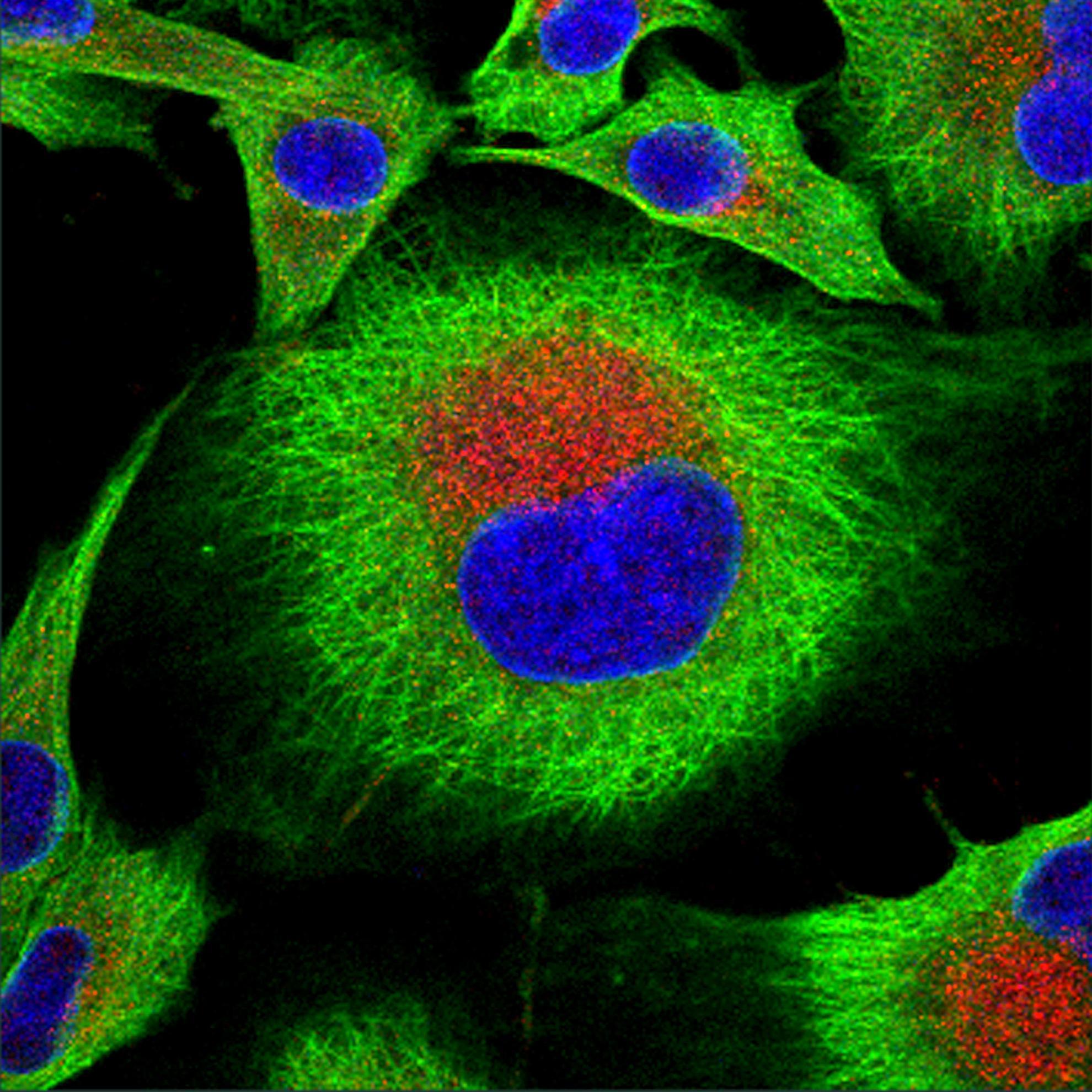New opportunities to control livestock diseases in the post-genomics era
Throughout the 21st century, livestock diseases will impact upon the productivity of domesticated livestock and compromise the ability to feed a growing global population. The focus of the present review is to outline how the recent rapid expansion of genetic sequence data available for both pathogens and hosts can be exploited to develop new tools to improve the ways in which livestock diseases can be controlled. In the post-genomics era of the future, there will be a more intimate understanding of the way in which pathogens interact with their hosts and the key molecules that define host pathogen relationships; knowledge that can be utilized to generate novel diagnostics and vaccination strategies. However, experience from the global rinderpest eradication programme highlights that effective disease control is a multifactorial process. Clearly, appropriate new therapeutic and diagnostic tools can play a critical role in our ability to monitor and limit the spread of diseases. However, adequate resources are also required: these are principally financial and also include the availability of trained personnel and veterinary infrastructure; international cooperation, transparency between different countries and sharing of epidemiological data and ownership of disease; acceptance of the difference in perception of importance of diseases in the developed world v. the developing world.
Back to publications
